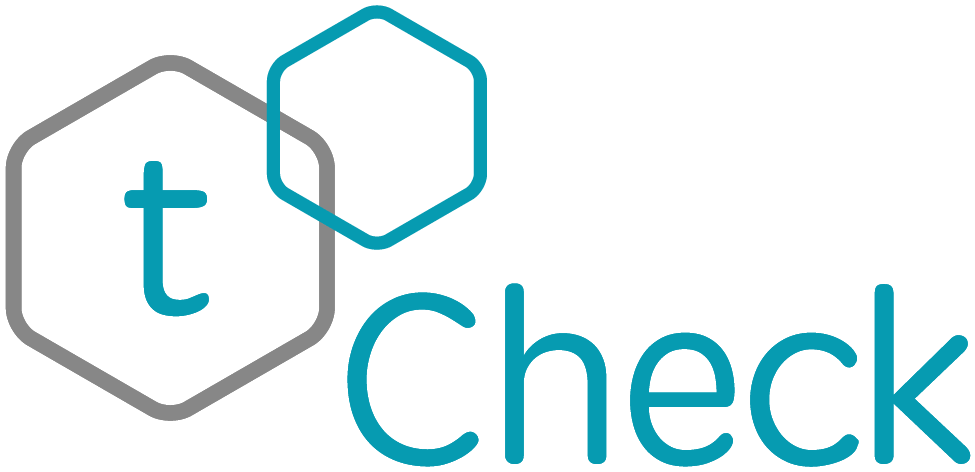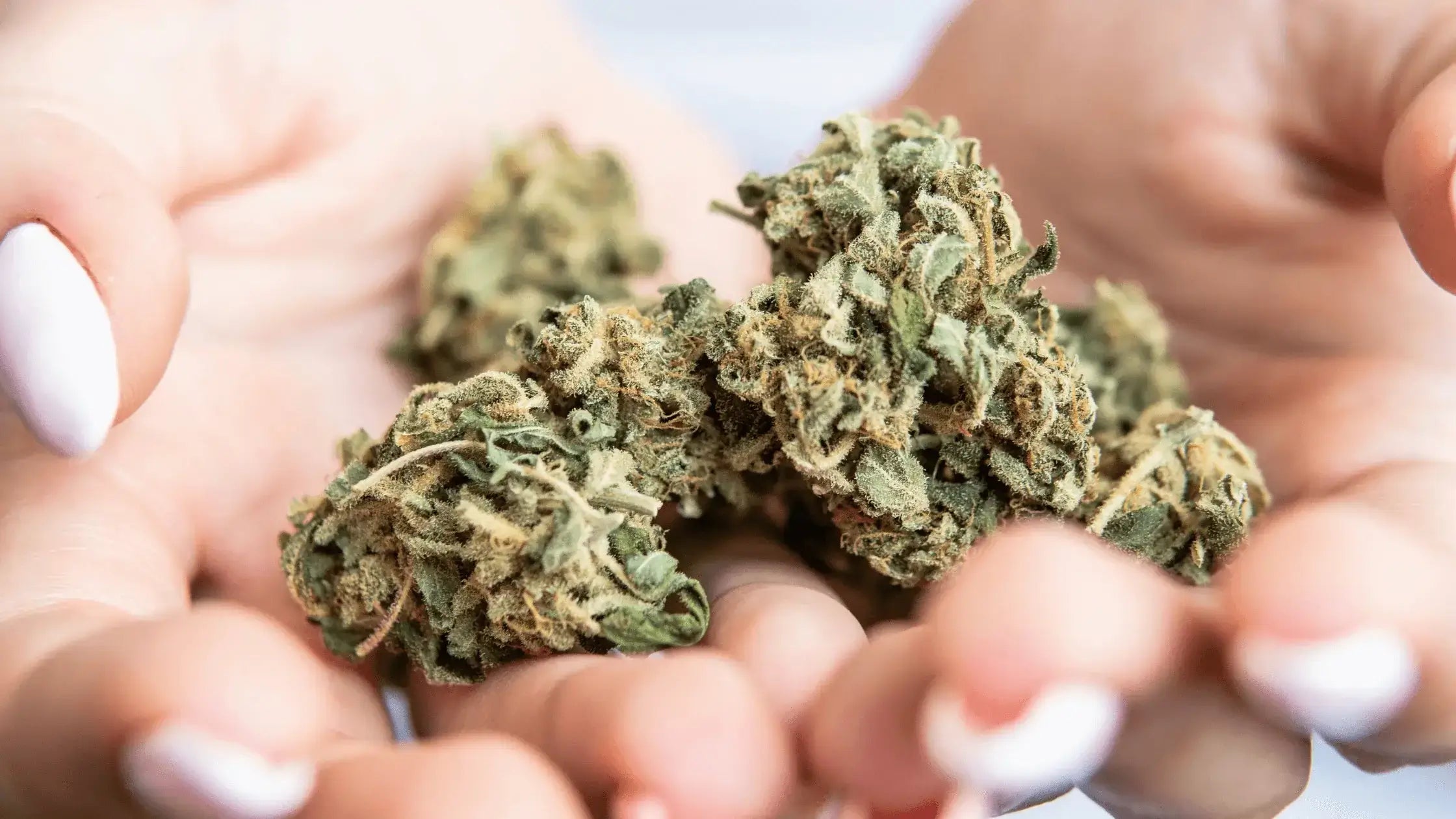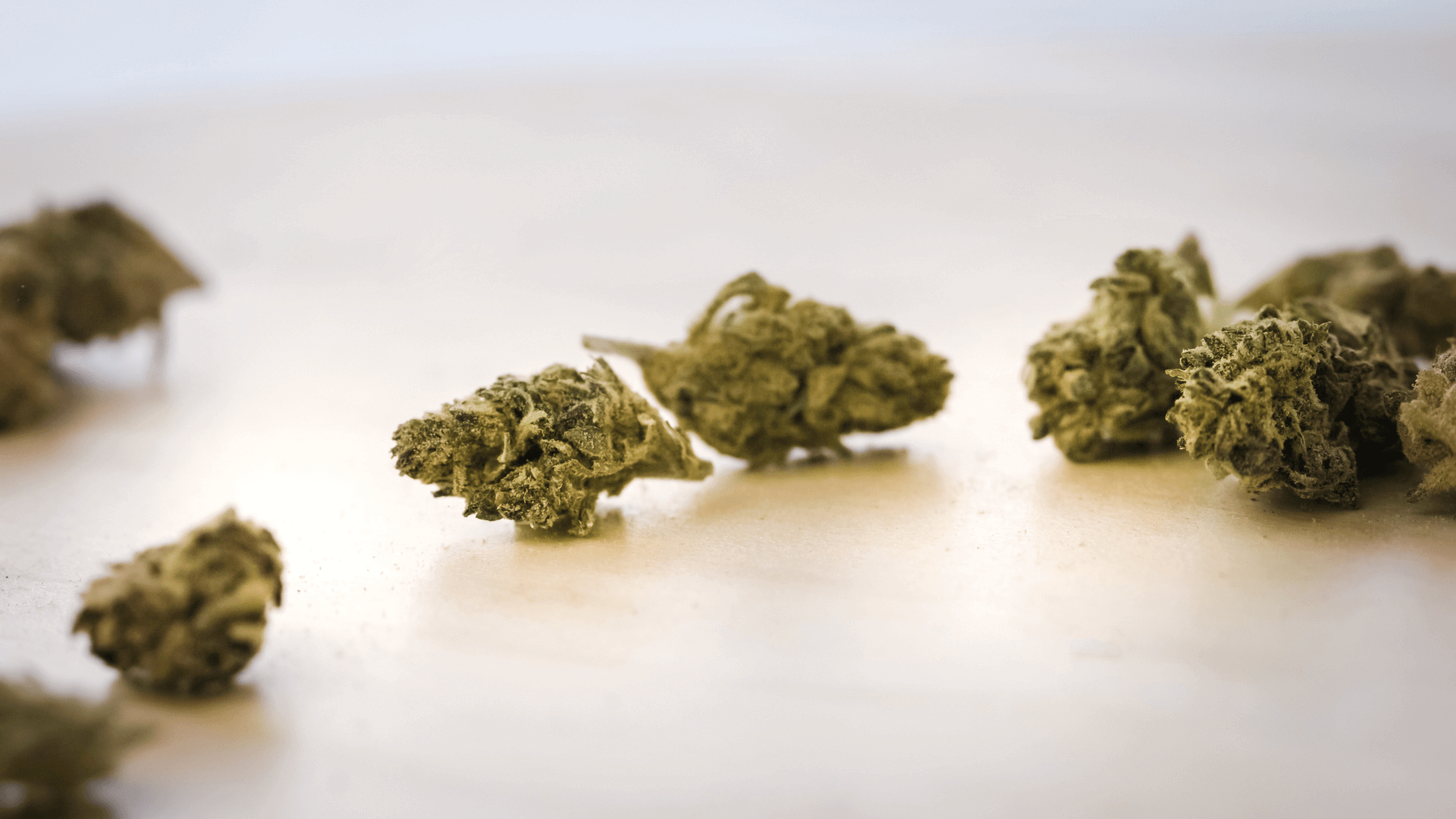Getting objective information on marijuana issues can be hard because of cannabis misinformation. Since most people are biased towards legal weed, there have been many contradictory reports on the drug.
The truth about cannabis isn’t as straightforward as proponents or critics would have you believe. And since scientists couldn't study weed until recently, it may take years before we fully understand the plant's pros & cons. But from what we know, here are a few common facts & myths about weed.
Making Sense Of Marijuana Myths — Separating Cannabis Flower Facts From Fantasies
Although there’s a lot we don’t know about legal weed, there are a few prevalent MJ myths we can clear up. Knowing the truth about cannabis can help new customers make a more informed decision about this herb.
Myth: Every Cannabis Strain Is Psychoactive
Weed is way more than delta-9 THC. Although pot has an association with “THC highs” in pop culture, there are numerous other cannabinoids, flavonoids, and terpenes in this plant. Interestingly, many of these secondary compounds have zero psychoactive potential.
CBD is the most famous non-psychoactive cannabinoid, but others like CBG, CBN, and CBC are gaining popularity in the legal hemp market.
People who don’t react well to delta-9 THC, often find that non-psychoactive cannabinoids offer them a safer experience. Legal hemp-derived products in the USA must contain ≤ 0.3 percent delta-9 THC, and many broad-spectrum or isolate formulas have zero THC concentration. Even if people are extra sensitive to THC, they rarely find these CBD-rich items induce severe side effects.
Fact: Today’s Weed Strains Are More Intense Than In The 1960s
Most of today’s THC-containing weed is more intense than what the hippies had at Woodstock. Back in the 1960s, strains with THC concentrations in the teens were “far out.” Today, most dispensaries consider weed strains with 10 - 15 percent THC “moderate” or “average.” It’s far more common to see cannabis strains in legal dispensaries with THC concentrations in the 20 percent range.
However, please remember that today’s cannabis customers have far more choices than previous generations. Even though most THC-containing weed strains are more intense than in the past, it’s also easier for customers to find less psychoactive cultivars. As mentioned above, it’s also possible for consumers to find CBD-rich strains that have virtually zero psychoactivity.
Just be aware that many traditional marijuana strains on today’s market are markedly stronger than in previous generations. It’s easier for people new to cannabis to have a negative experience with too much THC versus in previous decades. Always double-check the potency of your cannabis with a tCheck scanner so you know what you’re getting into.
Are you testing your cannabis potency?
Fact: Cannabis Shows Some Therapeutic Potential
Marijuana may not be a miracle cure, but this herb has a few legitimate medical uses. Even the FDA has approved a few cannabinoid-containing drugs like Epidolex and Marinol for managing childhood epilepsy and nausea, respectively.
Interestingly, many recent studies suggest THC could temporarily reduce intraocular pressure (IOP) for glaucoma patients. Some doctors are hopeful these trials will lead to the creation of THC-containing eye drops that can manage IOP rates without inducing a constant high.
Many trials suggest CBD oil has potent anti-anxiety and anti-inflammatory properties. Placebo-controlled studies strongly suggest CBD pills work better than placebos for social anxiety disorder (SAD). There’s also encouraging data that CBD topicals may help manage chronic pain conditions like arthritis and joint stiffness.
Again, this doesn’t mean cannabis is a “cure” for any disease. However, there seem to be a few cases where cannabis extracts may help patients manage symptoms.
Myth: Marijuana Is Always Safer Than Prescription Meds
Just because we said marijuana has therapeutic potential doesn’t mean it’s “better” than traditional medical care. Far from it! Patients must always consult with their primary care physician before considering whether to add marijuana to their treatment regimen.
There are many cases where cannabis may be worse for a patient’s condition. Please remember there’s a risk THC could provoke paranoia in many patients. Not every cannabis product is created equally, and many will negatively interact with other prescriptions.
Please remember to speak with a doctor skilled in prescribing medical marijuana to determine which strains and cannabinoid concentrations are the right fit for your situation.
Fact: A “Marijuana Overdose” is Extremely Unlikely (But That Doesn’t Mean High-Dose Cannabis Is Risk-Free!)
Most medical doctors agree that it’s almost impossible to die from an overdose of weed. Even the CDC recognizes there aren’t “overdose death cases” related to high THC ingestion. It’s far more likely someone would die from an overdose of substances like heroin, opioids, or cocaine versus a THC strain.
However, that doesn’t mean THC is “safe” to take in high doses. Indeed, most health authorities say people who take extreme amounts of cannabis have a greater risk of developing many severe disorders.
Please never forget that THC is a psychoactive substance. When mishandled, people who use THC could experience intense paranoia, vomiting, and decreased motor function. There’s also evidence that THC can increase a person’s heart rate, which is a significant concern for those with pre-existing cardiovascular conditions.
Taking a high dose of THC could possibly send someone to the ER, and it may trigger lifelong psychological or physical issues. There are even cases where people who took too much CBD had to seek medical attention for heart palpitations.
Bottom line: It’s always best to stick with the lowest possible dose of cannabis that works for you. If you have concerns about how much THC is in your cannabis strain, please use a tCheck scanner to minimize the risk of cannabis side effects.
Can’t Decide Whether Cannabis Is For You? Schedule A Talk With An MMJ Doc!

So, is “reefer madness” for real, or are the myths about cannabis overblown? Honestly, the truth about weed’s effects largely depends on your situation. If you’re not genetically predisposed to THC paranoia, you may benefit from researching medical marijuana. However, some people should never touch high-THC strains.
The only person that could help you make an educated decision on using cannabis is a doctor skilled with medical marijuana. Please never rush to try the first cannabis strain you find on a store’s shelves, and remember that not every weed product has the same potency. For your safety, we always recommend verifying the cannabinoids in your cannabis extract with an at-home tCheck scanner.
FYI: You could learn more tips for safely using weed for the first time in this previous tCheck blog post.
Use A tCheck Scanner For The Most Detailed Strain Information
We can't overemphasize the significance of using a tool like the tCheck scanner when choosing your first cannabis strain. Even though most cannabis hybrids have "standard effects," you won't know how potent a strain is without objective cannabinoid and terpene percentages. Plus, since the cannabis industry isn't federally regulated, customers need to take quality control into their own hands.







